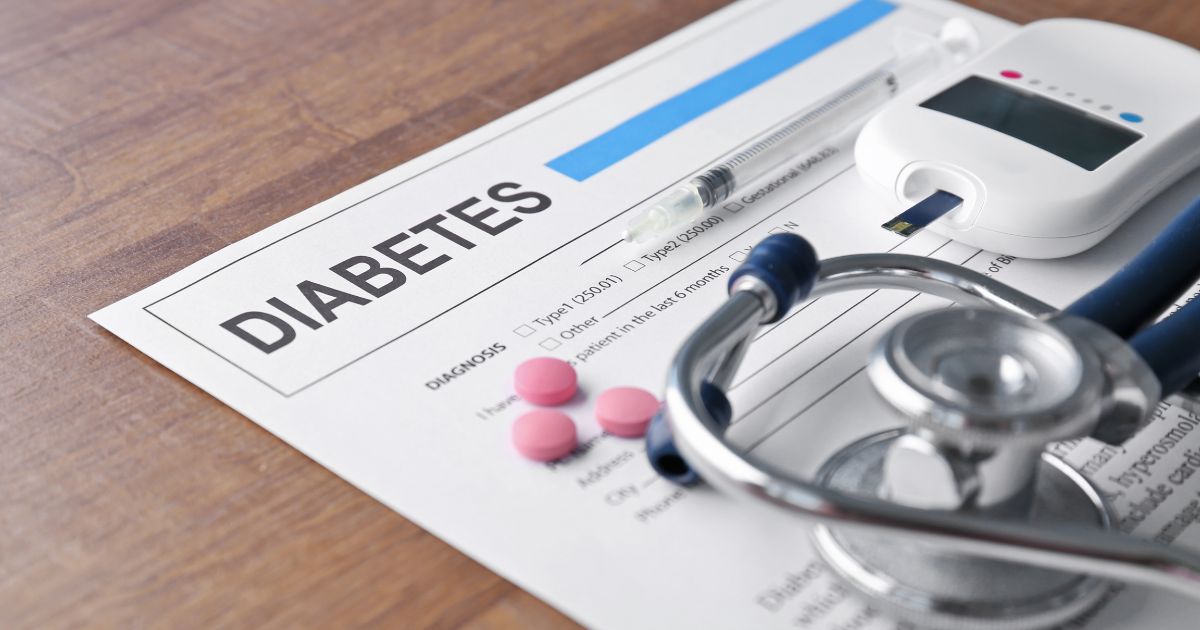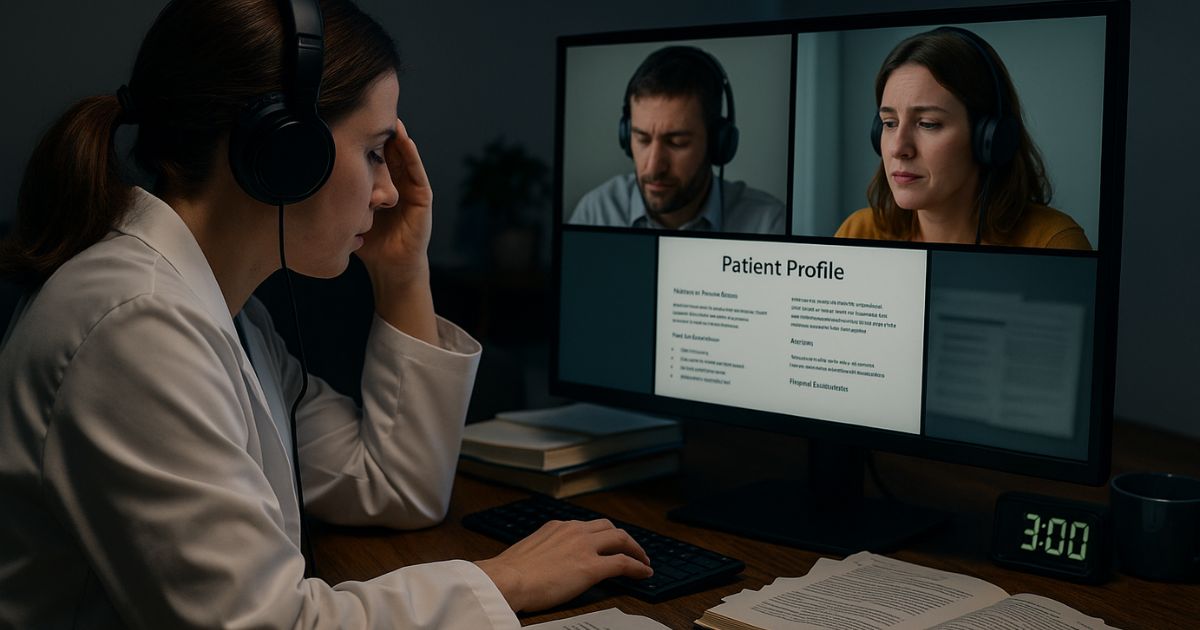Scenario Overview
In this station, you are interacting with a patient who presents at the pharmacy to fill a new prescription for Ozempic. The patient has type 2 diabetes not well controlled on metformin and is seeking information about their new medication.
The key objectives are to:
- • Confirm patient information, including allergies, current medications, and reason for therapy
- • Explain that Ozempic is not insulin but a GLP-1 receptor agonist
- • Provide guidance on mechanism of action, dosing, injection technique, storage, side effects, and follow-up
- • Encourage adherence and healthy lifestyle measures
Why This Station Matters
Many patients are unfamiliar with GLP-1 receptor agonists and may confuse them with insulin. A high-scoring candidate demonstrates clarity, patience, and thoroughness, ensuring the patient understands the therapy, its benefits, and potential risks. Examiners assess communication, outcome, and overall performance, emphasizing safety and evidence-based counselling.
Example of a Fully Solved Response
A strong candidate might structure the conversation as follows:
"Hello John, I see that your doctor has prescribed Ozempic for your diabetes. Can I confirm your allergies, medications, and reason for starting this therapy?"
[After confirming details]
"Ozempic is not insulin. It helps your body release insulin when blood sugar is high, slows stomach emptying, reduces liver glucose production, and can support weight management and cardiovascular health. The dosing starts at 0.25 mg subcutaneously once weekly for four weeks, then increases to 0.5 mg weekly if tolerated. Injections can be given in the abdomen, thigh, or upper arm, rotating sites each week. The medication should be stored in the refrigerator, but once in use, it is stable at room temperature for up to eight weeks."
"Common side effects include nausea, vomiting, diarrhea, and constipation, which often improve with time and dietary management. Seek urgent care for severe abdominal pain or allergic reactions. Maintaining a healthy diet and regular exercise is important. We can follow up in a few weeks to ensure you are comfortable with the injection, and after three months to assess your blood sugar control."
Notice how the response is structured, informative, and patient-centered. It addresses mechanism, dosing, administration, storage, side effects, and follow-up, providing the full counselling model expected for a fully solved OSCE performance.
Key Components of a High-Scoring Response
Communication: Professional greeting, logical flow of questions, and clear explanations using patient-friendly language. Engagement and empathy are crucial.
Outcome: Complete counselling covering medication purpose, mechanism, dosing, injection technique, storage, side effects, and follow-up plans. Ensure the patient understands that Ozempic is not insulin.
Performance: Accurate, guideline-based recommendations with attention to patient safety. Encourage adherence, lifestyle measures, and provide reassurance about monitoring and support.
Common Pitfalls
Candidates often lose marks by:
- • Failing to explain how Ozempic differs from insulin
- • Missing dosing instructions or injection technique
- • Omitting side effects or follow-up advice
- • Using overly technical language without explanation
- • Rushing through counselling, showing poor engagement or empathy
Key Takeaway
In this station, knowledge alone is insufficient. Examiners value candidates who combine accurate pharmacology with clear, respectful communication. By confirming patient details, explaining the mechanism of Ozempic, providing full counselling on use, storage, side effects, and follow-up, and encouraging adherence and lifestyle measures, candidates demonstrate the competencies of Patient Care, Product Distribution, and Communication & Education.
This integrated approach ensures patient safety, promotes understanding, and earns a fully solved OSCE score.
Hassan Torkamandi, PharmD, RPh
CEO, Simulabs Technologies Inc.
Ready to Master OSCE Patient Counselling Stations?
Practice with our interactive mock exams featuring realistic patient counselling scenarios with detailed feedback.
Start Your Practice


